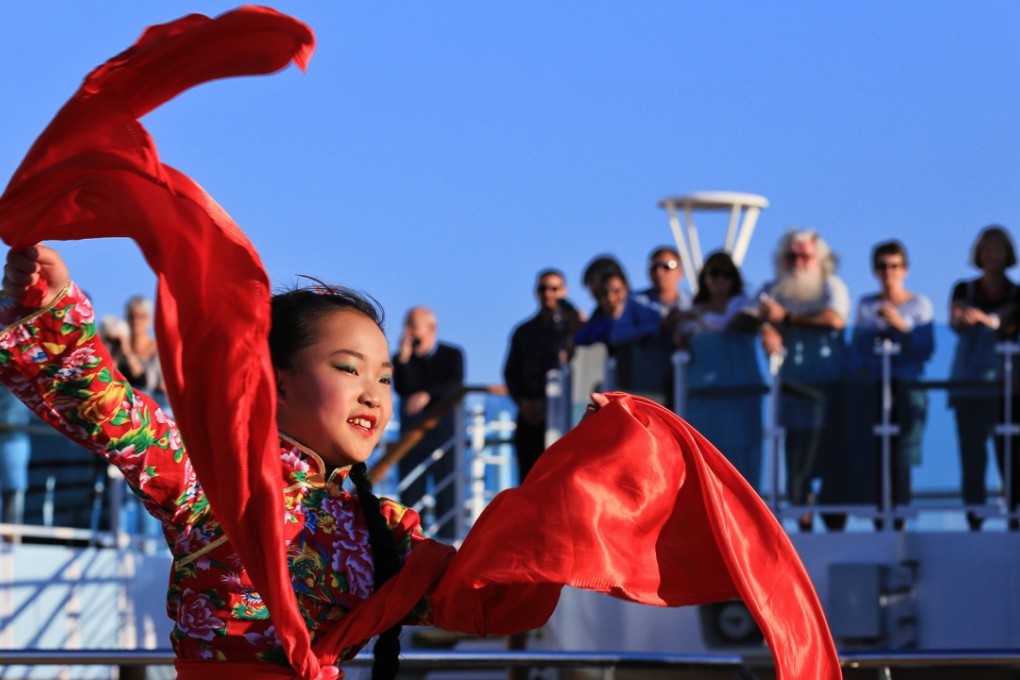Can China’s grand plan to revive the ‘Silk Road spirit’ succeed?
Edward Tse says Beijing’s vision for its ambitious Belt and Road Initiative involves more than just building good infrastructure and, despite the doubters, China has the means and commitment to spur inclusive growth for all

The belt and road is China’s game-changing strategy for the world, and it will fundamentally alter the dynamics of world trade and geopolitics. None of it will be easy, however.
Some nations remain sceptical about the practicality and coherence of the large number of belt and road projects, while a number of critics have labelled the initiative a form of neo-colonialism. Some countries even refused to endorse this grand plan due to concerns about China’s commitment to social and environmental sustainability and transparency.
China must reform at home to ensure its belt and road plan succeeds abroad

But what makes the belt and road potentially transformative is not merely the investment and technical infrastructure in the works, but, more importantly, the new values and philosophy that form the belt and road’s ideological framework. “The Silk Road spirit”, as Xi calls it, embodies the spirit of “peace and cooperation, openness and inclusiveness, mutual learning and mutual benefit”.
As one of the largest beneficiaries of globalisation in the past several decades, China is trying to leverage its understanding of the needs of developing nations to transform their economy and improve the well-being of their people. Xi seems to be trying to build the belt and road based on soft power rather than brute force. Clearly, this is very challenging and perhaps risky. Nonetheless, it provides a vision of a new global order.
China at the vanguard of globalisation and the great paradox of our age
